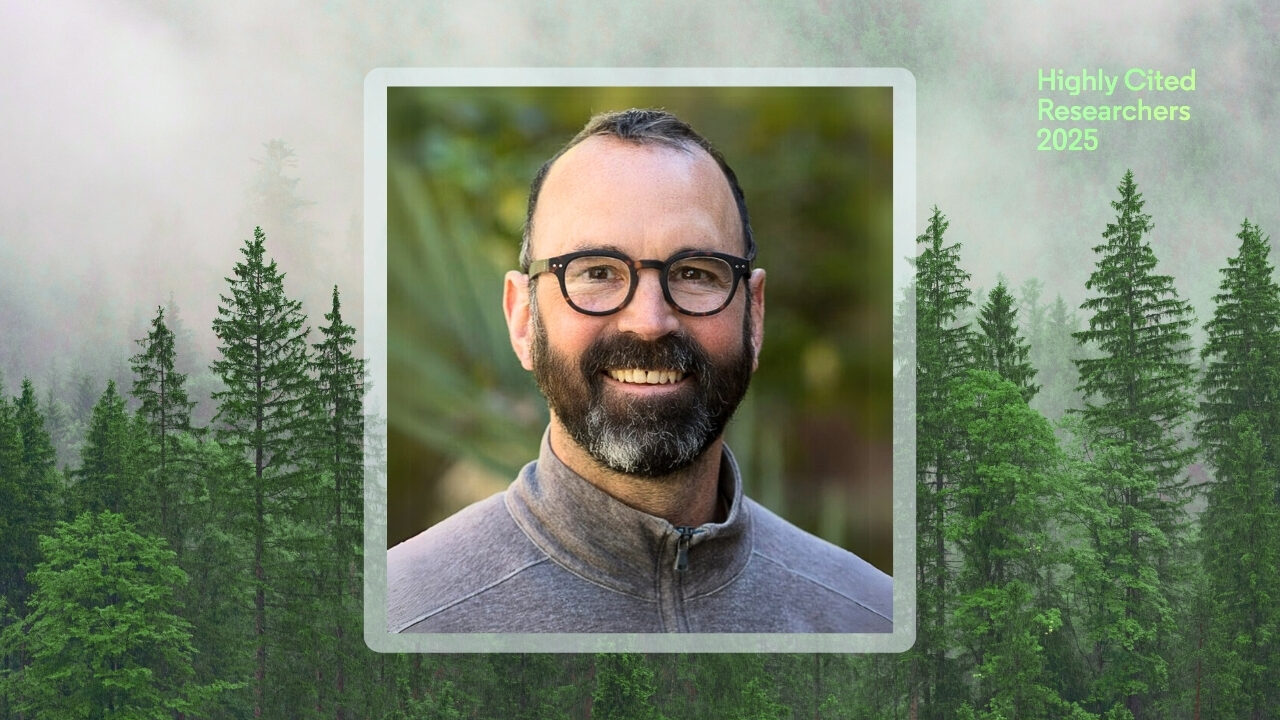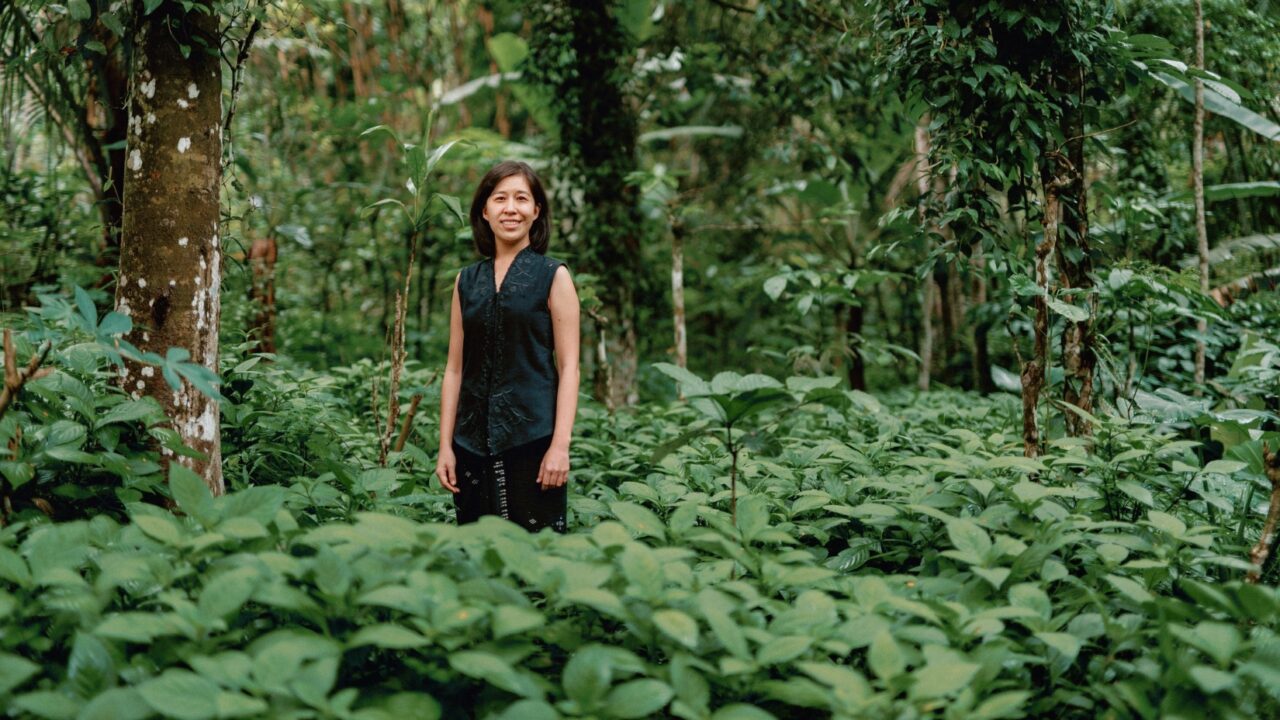
UCLA information campaign aims to help L.A. County cope with extreme heat
To mitigate the effects of extreme heat, UCLA will lead a public information campaign to help spread the word about the risks of extreme heat. It recommends actions people can take to prevent…
By 2045, the number of annual heat waves in Los Angeles County is likely to increase tenfold. That poses health threats to everyone, especially the most heat-impacted groups, like older adults, young children and people living and working without air conditioning.
To mitigate the effects of extreme heat, UCLA will lead a public information campaign to help spread the word about the risks of extreme heat. It recommends actions people can take to prevent serious illness, including simple things like drinking water, seeking shade, resting and checking on others.
The effort will be collaboratively designed and implemented by organizations throughout Los Angeles County and coordinated by the Los Angeles Regional Collaborative for Climate Change and Sustainability, a network of academics and decision-makers from local governments, regional agencies and nonprofit organizations housed at the UCLA Institute of the Environment and Sustainability. Also playing a central role in the effort are the Fernandeño Tataviam Band of Mission Indians, Rising Communities, and Los Angeles County Department of Public Health.
“Temperatures are only going to get hotter with climate change. L.A. isn’t used to that kind of persistent, extreme heat, and we need to prepare,” said Erin Coutts, director of the collaborative.
Beginning in June, the campaign will launch via social media, physical flyers, bus boards and “heat ambassadors” — community members who will spread the messages and provide feedback to improve the program in future years. The information and actions the campaign recommends were crafted using UCLA research and guidance from community experts and health care practitioners. It is expected to run each year from June through October.

A public service announcement promoting cooling measures will run on more than 2,300 Metro buses.
The campaign offers an online toolkit with printable flyers, social media graphics and information. It gives advice on the health risks of extreme heat, how to recognize the symptoms of heat-related illnesses, how to stay cool on commutes, what to do if you lack air conditioning at home and lists places to escape the heat such as libraries, community centers and shopping malls.
Some of the tips and advice are aimed at a public audience, but the campaign also contains advice specific to high-risk populations, including older adults, children, people with disabilities or preexisting conditions, pregnant people, outdoor workers and the unhoused.
Extreme heat can lead to more than 1,300 deaths per year in the United States, according to the Environmental Protection Agency. In California, a single 10-day heat wave in September 2022 led to 395 more deaths than the California Department of Public Health would have otherwise expected.
With global warming, Los Angeles County experiences record-high temperatures almost every year. A 2020 heat wave set records in Woodland Hills (121 degrees Fahrenheit), Van Nuys (118) and Pasadena (115). A 2017 heat wave led to the highest temperature ever recorded in the county in Beverly Hills (135).
Learning to deal with such heat is an essential climate adaptation, Coutts said.
“We keep trying to reduce emissions to limit climate change; we can’t pretend it isn’t already happening,” Coutts said. “Sharing knowledge is one of the fastest ways to adapt.”
The outreach program — called Los Angeles Regional Collaborative: Heat Education, Ambassadors, and Training — is supported by the Regional Resilience Grant Program implemented by the Governor’s Office of Planning and Research to improve adaptation and resilience to climate change in California.



